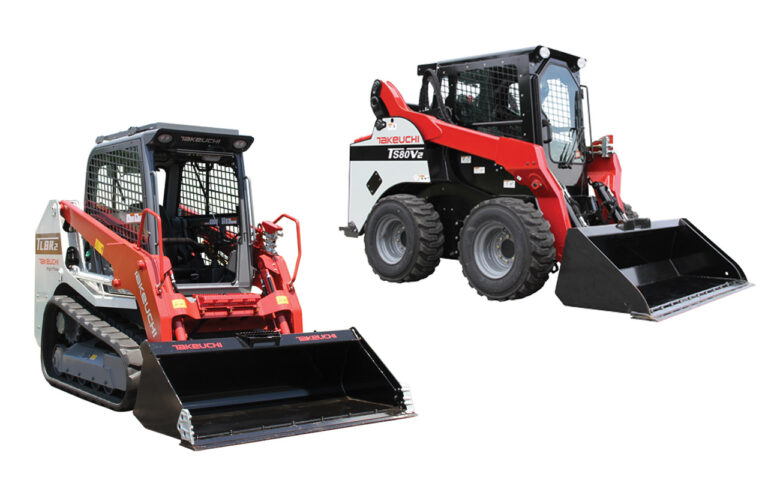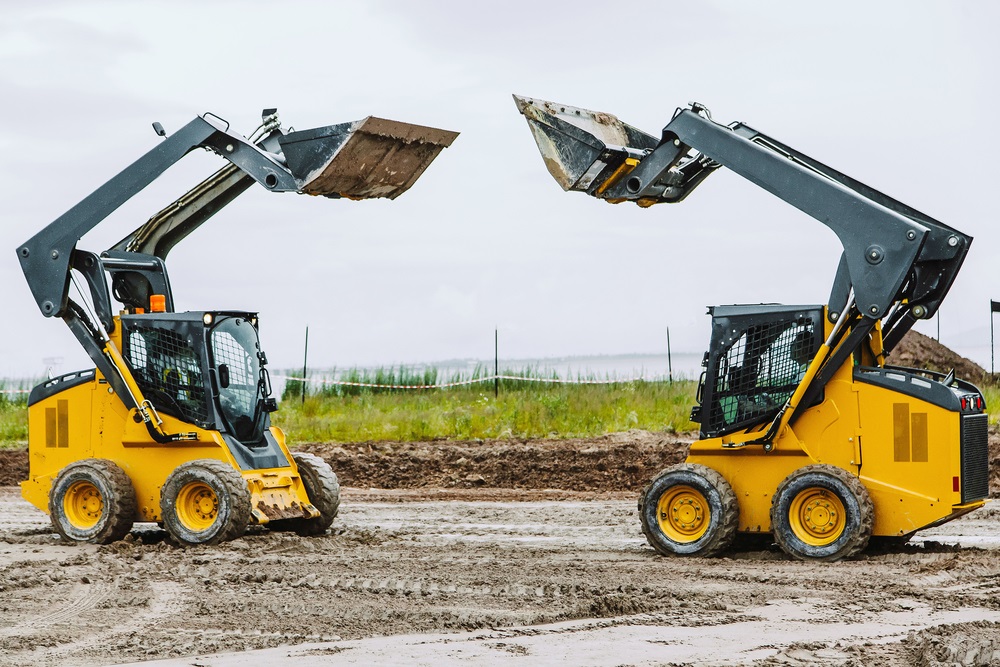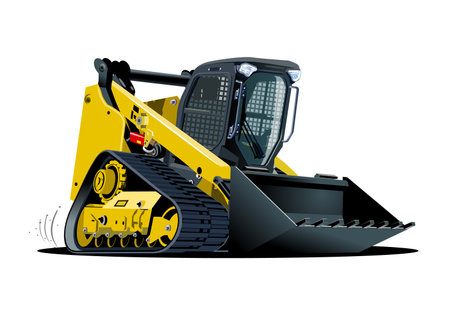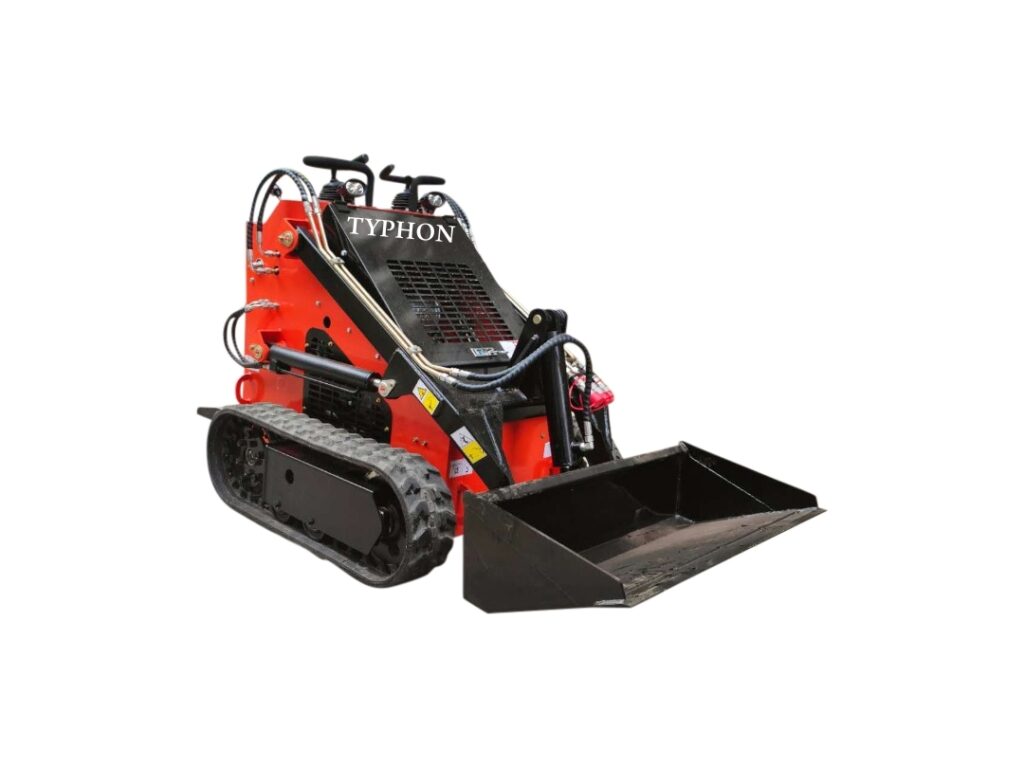In industries such as construction, agriculture, and mining, the choice between Skid Steer vs. Track Loaders (CTLs) holds significant weight. These compact yet robust machines play pivotal roles in various operations, offering unmatched versatility and power for their size.
Skid Steers vs. Track Loaders: A Comprehensive Comparison
To delve into the nuances of these machines, let’s explore their distinct features and functionalities.
Understanding Skid Steer Loaders
Skid steer loaders maneuver with ease thanks to joysticks that facilitate a skidding motion. Their compatibility with an array of attachments renders them indispensable on job sites, enabling tasks ranging from gravel hauling to snow removal.
Gaining Insight Into Track Loaders
In contrast, compact track loaders rely on tracks for motion, providing enhanced maneuverability on challenging terrains. With superior traction and stability, they excel in navigating treacherous conditions, making them a preferred choice for many.
Learn More: Choosing the Ideal Bucket Attachment for Skid Steer Operations
Pros and Cons
Examining the strengths and weaknesses of both machines across critical areas sheds light on their comparative advantages:
- Speed: Skid steers boast swiftness on even ground, while CTLs exhibit agility on rough terrain.
- Maneuverability: While both offer tight turning radii, skid steers edge slightly in responsiveness, whereas CTLs excel in snowy conditions.
- Power: With superior weight distribution and ground contact, track loaders outmatch skid steers in lifting power.
- Maintenance: Skid steers generally entail simpler upkeep, whereas CTLs demand more frequent attention, particularly for tracks and undercarriage.
- Cost: Skid steers typically entail lower upfront costs compared to CTLs.
How Much Does It Cost to Operate a Track Loader and a Skid Steer?
The cost-effectiveness of skid steers extends to operational expenses, as they generally require less maintenance and fuel compared to CTLs, which demand additional care for their tracks and undercarriage components.
Life Span and Durability
Usage patterns and environmental conditions significantly impact the longevity of these machines. While CTLs may wear out sooner due to harsh operating conditions, diligent maintenance practices can prolong the service life of both skid steers and track loaders.
Learn More: Brush Cutters for Skid Steers: Selecting the Right Attachment
How to Decide Between Skid Steers and Track Loaders for Earthmoving
When considering earthmoving tasks, evaluating performance in specific areas can aid in decision-making:
- Skid Steer Loaders: Their agility and compatibility with various attachments make skid steers ideal for tasks requiring maneuverability and versatility.
- Track Loaders: Offering superior traction and lifting capacity, CTLs excel in projects involving heavier loads and softer ground.
Making an Informed Choice for Your Earthmoving Tasks
Factors such as the nature of tasks, ground conditions, budget, and attachment requirements should guide your selection process, ensuring optimal efficiency and productivity for your operations.
In conclusion, while both skid steer loaders and compact track loaders offer unique benefits, a thorough understanding of their capabilities is essential for making informed decisions tailored to specific job requirements.

